(For related posts, check out other entries in the Humanitarian Photography category.)
The National Press Photographers Association (NPPA), “a professional society that promotes the highest standards in visual journalism,” has a code of ethics that all members are required to endorse. Whether or not you are a member, I think that they are excellent guidelines for any photographer working in the field, documenting people and humanitarian situations.
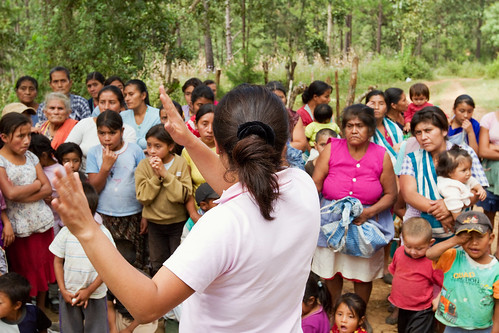
Campo Nuevo, Jalapa, Guatemala
While they appear to be common sense principles, they need to be listed and occasionally reviewed because they are sometimes challenging. For example, the first one is “Be accurate and comprehensive in the representation of subjects.” As anyone using high-speed continuous shooting mode knows, a facial expression can change in a split second, and the difference in the resulting images can be dramatic. They may tell completely different stories or give opposing impressions of the subject. There are many other examples of how composition, point of view, and time can change the perceived reality of an image. Which representation is most accurate? The photographer must act as an editor and decide based on all they know about the subject and the situation.
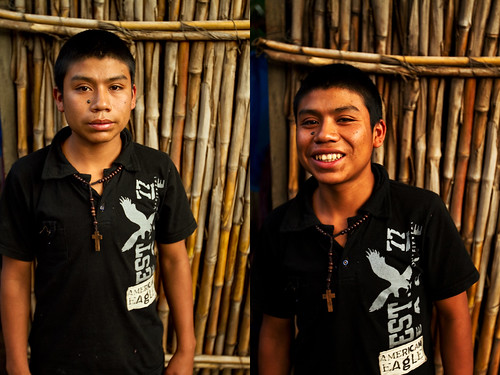
San Miguel Duenas, Guatemala
The third one is equaling challenging. It reads, in part, “Avoid stereotyping individuals and groups. Recognize and work to avoid presenting one’s own biases in the work.” Of course a humanitarian photographer in the field doesn’t want to turn the subject into a stereotype, but in many ways they are working against a lifetime of education and image viewing. As I discussed in my previous “Exotic vs. Real” post, those in the developed world grow up learning to see the developing world and its people as exotic and colorful, but this is often far from the reality. A photographer cannot simply decide to portray a subject without bias and preconceived ideas, but he or she must dedicate themself to learning as much as they can about the subject, their life, culture, and situation. Cultural biases are so deeply embedded one often does not even realize they are there and simply assumes all other humans think and feel the same way. For example, in a classroom when a student gives the wrong answer, a teacher often asks another student to correct them and give the right answer. In certain cultures this action is deeply offensive and insulting, and would never be done by a teacher. It is impossible to know and understand how those in another culture think – expats living a foreign country for years will verify this. But one must make the effort to learn as much as they can about the cultures they work in, and to recognize the multitude of biases they carry with them.
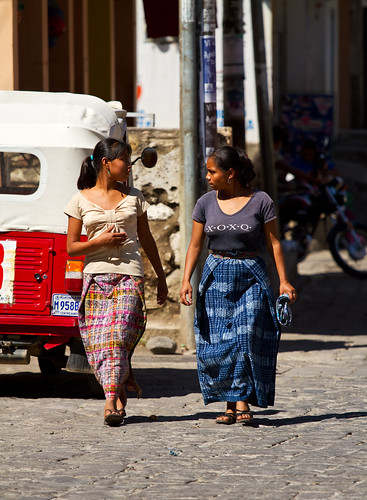
San Antonio Aguas Calientes, Guatemala
The third standard also says “Be complete and provide context when photographing or recording subjects.” In addition to the numerous layers of meaning and importance this has as an ethical guideline, this is also an excellent compositional guideline. Show the context of the subject and the environment around them. This is why photojournalists often work with a wide angle lens such as a 16-35mm. By doing this, the photograph gives a more complete story of the subject, and it often makes for a more interesting composition.

San Miguel Duenas, Guatemala
The fourth guideline has been a subject of discussion in the media in response to the images being shown from the earthquake in Haiti. “Treat all subjects with respect and dignity. Give special consideration to vulnerable subjects and compassion to victims of crime or tragedy. Intrude on private moments of grief only when the public has an overriding and justifiable need to see.” Images of dead and unclothed bodies have been prominently shown in newspapers and websites, and have offended some viewers. The Public Editor of the New York Times gave an excellent response and defense to this controversy in this article. One of his responses, which I have often read from other photographers and have experienced myself, is that the subjects very often want the photos to be taken and to be seen. They want their story told, and they themselves have no method or channels for effectively telling their important story.
As far as treating subjects with respect and dignity, nearly all humanitarian photographers, including myself, speak these words in some form on their website. But what do they really mean, in the field? For me it means treating the subject with respect and dignity both in the interactions with them, and in the representations of them in the images. As I’ve written about before, it starts with not entering into a situation with the camera to your face, immediately snapping shots. The photographer should first introduce themself, talk with the subject, or communicate as best a possible. They should explain what they are doing and why. And even before that, as mentioned above, it means educating oneself in advance about the people and culture. It means trying to understand the situation from the subject’s point of view, and then striving to capture that visually. There are an infinite number of visual realities that can be taken of a subject and a situation, but it means capturing and presenting the one that both tells the story and celebrates the subject.
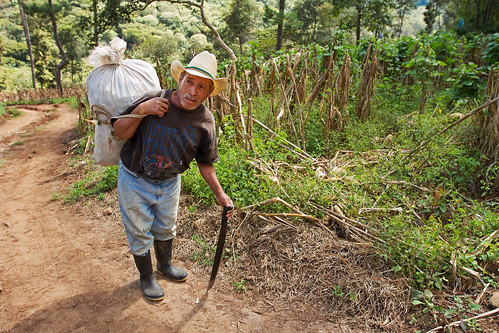
Campo Nuevo, Jalapa, Guatemala
The final NPPA ethical guideline that I will address here is the fifth one, “While photographing subjects do not intentionally contribute to, alter, or seek to alter or influence events.” There is a difference between photojournalism for the media and humanitarian photography for a client. A humanitarian photographer may be posing a subject in order to get a portrait or to show a certain component of a project. But that does not mean the humanitarian photographer cannot follow this guideline as well. I believe that in many situations, an unaltered, uninfluenced shot will make a more natural, and thus much stronger image. In my work I have found that it is often easy to disappear into a situation, and become the fly on the wall. While subjects may initially strut and pose for the camera, or begin to act self-consciously, if you just stay in place, and let a minute or two pass, they will begin to ignore you and forget you are there taking photos.
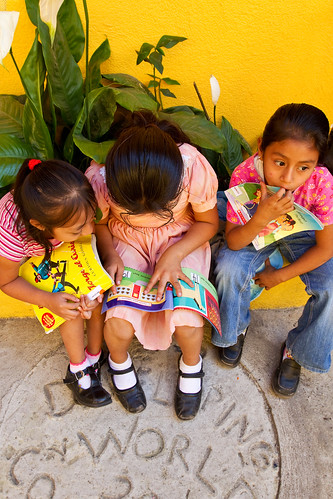
Open Windows, San Miguel Duenas, Guatemala
I encourage you to have a look at the other guidelines I have not discussed here and think about how they apply to your work. Please leave a comment, ask a question. Let me know what has been helpful, and what you’d like to read more about.
For related posts, check out other entries in the Humanitarian Photography category.

